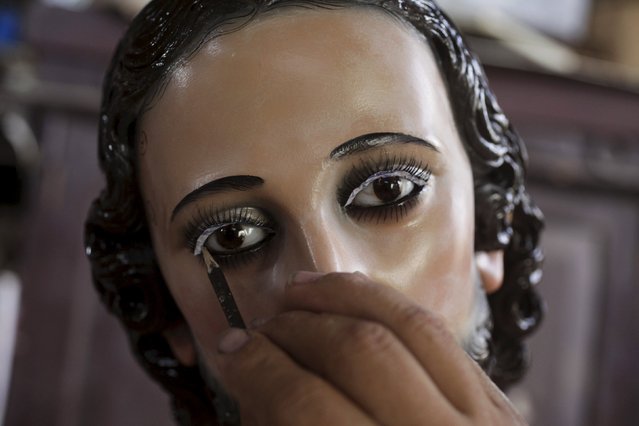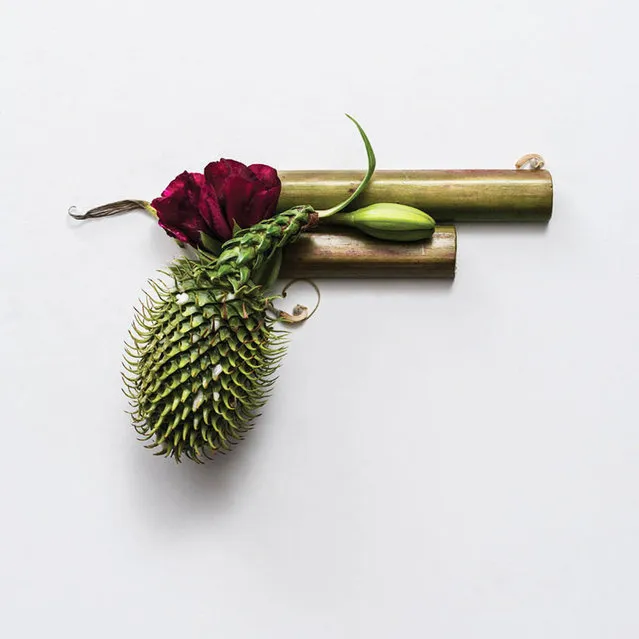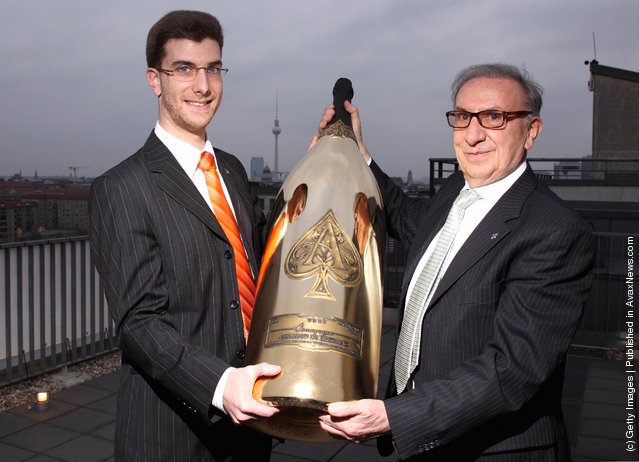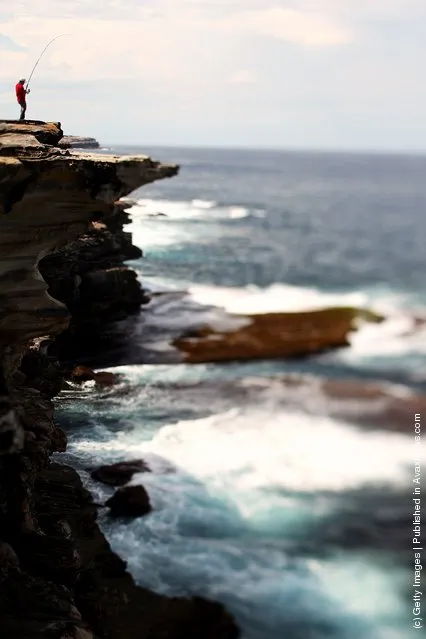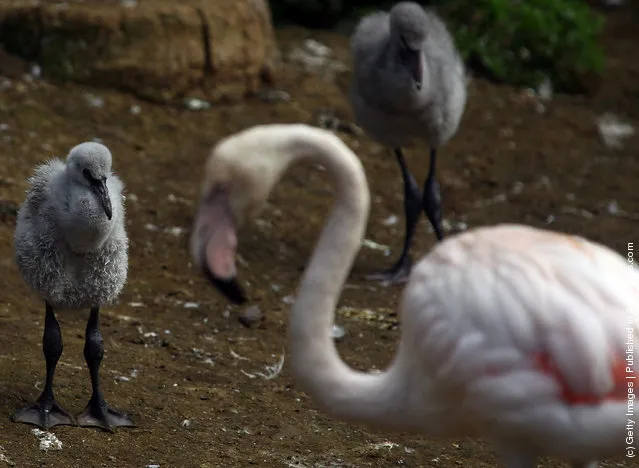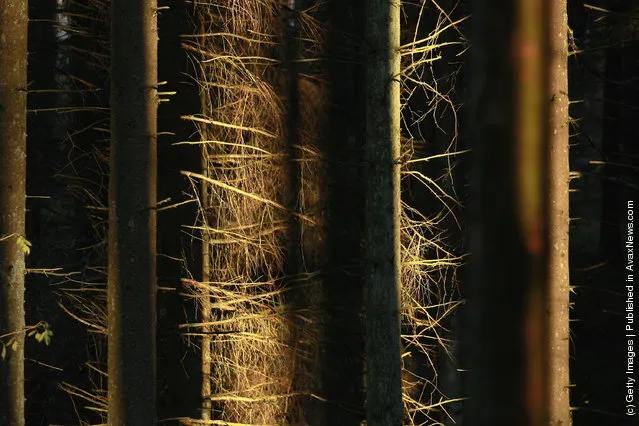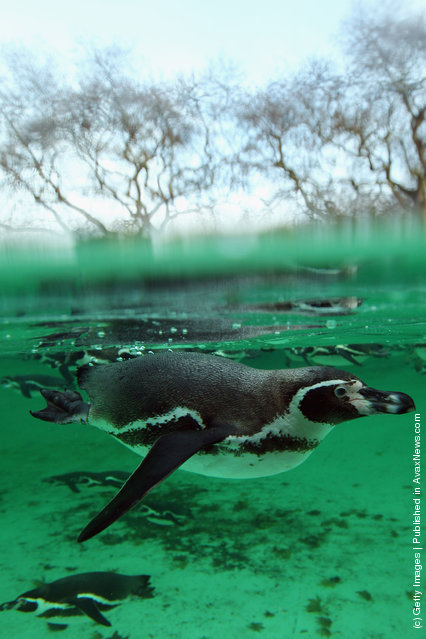
A penguin swims in its enclosure during a photocall to promote London Zoo's annual stock take of animals on January 4, 2012 in London, England. The zoo's stocktake takes place annually, and gives keepers a chance to check on the numbers of every one of the animals from stick insects and frogs to tigers and camels. (Photo by Dan Kitwood/Getty Images)
05 Jan 2012 12:37:00,post received
0 comments

